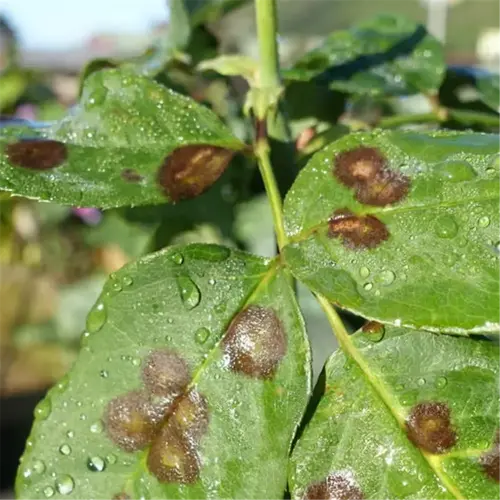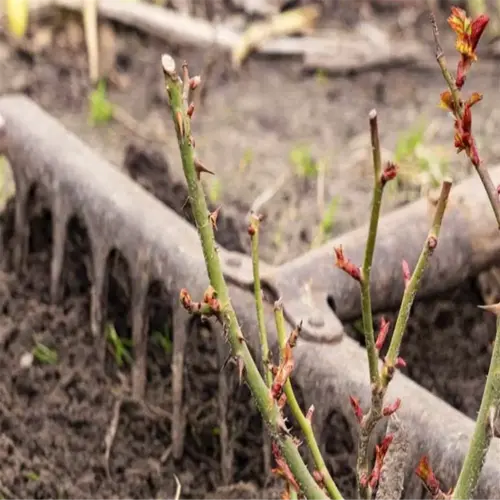How long does bacterial leaf spot survive in soil?

Written by
Julia Anderson
Reviewed by
Prof. Samuel Fitzgerald, Ph.D.Bacterial leaf spot can survive in soil for 1-2 growing seasons, as I observed on a Tennessee tomato farm that had incidences of infections perennially. The pathogen overwinters in plant debris and weed root systems. Indifference to the problem of crop rotation caused that grower 3 consecutive growing seasons of lost profits before he implemented changes.
Pathogen Persistence
- Survives winters in nightshade root fragments
- Thrives in soil pH 5.5-6.8
- Spread via contaminated tools and footwear
Solarization Protocol
- Cover moist soil with clear plastic for 6 weeks
- Maintain 140°F (60°C) at 6-inch depth
- Repeat every 3 years in high-risk zones
Soil tests help to prevent surprises. Send samples to labs post-outbreaks.I found live bacteria after 18 months post-harvest. Incorporate debris that is less than 2 inches deep to help speed up decomposition. In Kentucky, a grower eliminated soil-borne pathogens, using mustard cover crops, as their glucosinolates help to suppress bacteria from surviving in the soil.
Solarization takes precision. Monitor soil temperatures daily because if you don't cover the soil completely, you won't get the same result. I saw an experiment at an Arkansas farm where it took 4 weeks to solarize a container, and they still had 30% bacteria alive. You need to use 1.5mil UV-stable plastic and seal the edges with sandbags. This will allow you to solarize and use your summer's hottest 6-week window to sterilize soil.
Read the full article: Bacterial Leaf Spot: Complete Guide to Identification and Control

